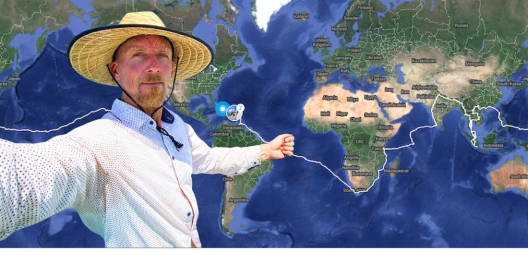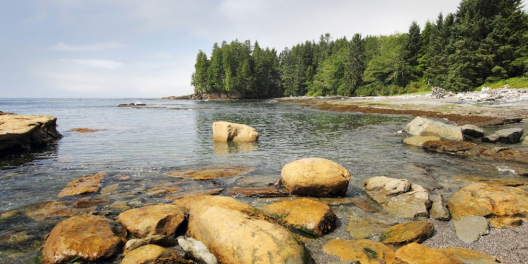Here’s an idea. Sometimes trees are worth more left standing than cut down. Mosaic Forest Management has decided it can make more money by not logging 40,000 hectares of old forest and selling carbon credits on it instead.
The Vancouver-based company manages logging on a massive amount of private forest land on VanIsle, including 254,000 hectares owned by Island Timberlands and 324,500 hectares owned by Timberwest.
It’s one of Canada’s largest private land logging companies.
Mosaic announced last week to suspend logging for 25 years on what amounts to just 7% of the forestland that it manages. Even still, their BigCoast Forest Climate Initiative could become one of the biggest carbon-sequestering programs in Canada.
When forests are allowed to grow, they absorb carbon from the atmosphere. That carbon gets locked into the living trees. When they’re cut down, they don’t. That’s part of how logging operations add to climate change.
Under the program, Mosaic will let those forests continue to grow and absorb carbon and then sell nature-based carbon credits to companies that want to offset their greenhouse gas emissions.
Mosaic hopes to make between $100 million and $300 million, based on the current price for nature-based carbon credits of around US$10 per tonne. That means if a company wants to offset one tonne of its greenhouse gas emissions, it will pay BigCoast $10 USD. Mosaic says the program will capture 10 million tonnes of carbon over 25 years. BigCoast will be regularly audited by Verified Carbon Standard, a non-profit 3rd party organization that assures carbon credit programs are actually working.
“We expect to make at least as much from the BigCoast Initiative as we would earn from harvesting these forests,” Mosaic’s chief forester Domenico Iannidinardo told the Globe and Mail.
However, not everyone thinks carbon credits are any good. Some environmentalists say large-scale industrial polluters often use carbon credit programs to avoid having to cut their own emissions. While more companies worldwide are paying other companies to not cut down trees, there is a mounting pile of evidence that these programs haven’t—and won’t—do any good.
A ProPublica report found that polluters often get a free pass to keep emitting greenhouse gases, but the promised forest preservation either never came or didn’t last.
“if the world were graded on the historic reliability of carbon offsets, the result would be a solid F.”
– ProPublica, “An Even More Inconvenient Truth: Why Carbon Credits For Forest Preservation May Be Worse Than Nothing”
The trouble is, these programs are hard to enforce. There are lots of examples where projects sold credits but then cut down the trees anyway. The main problem is, how do you figure out which trees were saved because of the projects and which would have survived without them? Is it just a scam so that Mosaic and other companies get paid for the trees twice?
Mosaic says it has hired ClimeCo Corp., a company that specializes in carbon credit advising, to help market the program to customers such as airlines, banks, energy companies, and heavy industries that want to reduce their greenhouse gas emissions.
Old-growth logging is a hot-button issue in BC, following nearly two years of protest against logging in Fairy Creek by another company Teal-Jones Group.
That’s why the BigCoast program could be a public relations win for Mosaic.
Mosaic says it plans to share a portion of carbon credit revenue with two charities—the Pacific Salmon Foundation and the Indigenous Protected and Conserved Areas Innovation Program.
In a press release, Steven Guilbeault, the federal Minister of Environment and Climate Change, said: “Protecting and conserving our old forests like this will go a long way towards tackling the twin crises of biodiversity loss and climate change.”
Only time will tell whether Mosaic’s BigCoast Initiative keeps those trees alive and reduces climate-unfriendly emissions, or if it’s just the latest greenwashed corporate money-making scheme.









